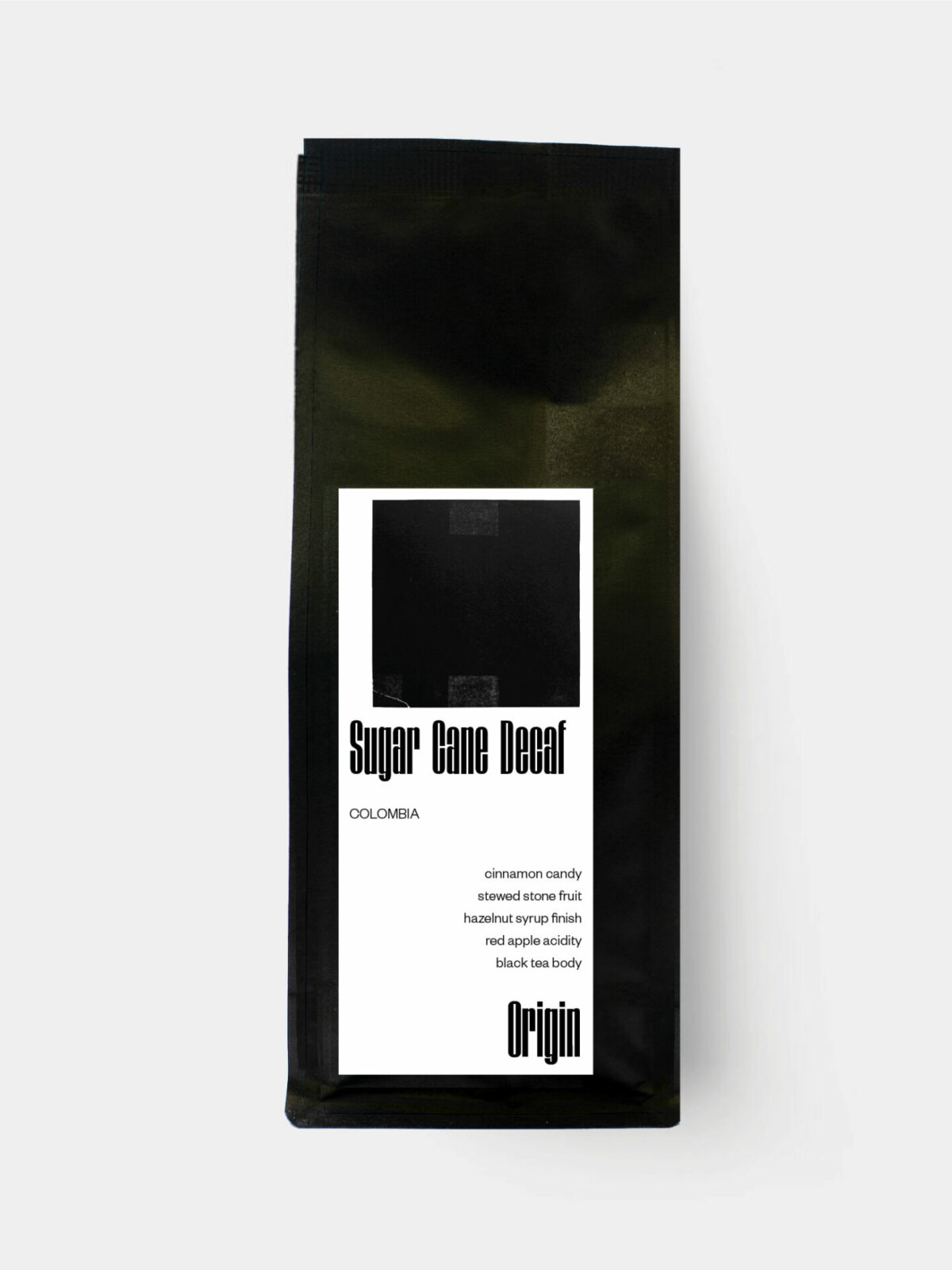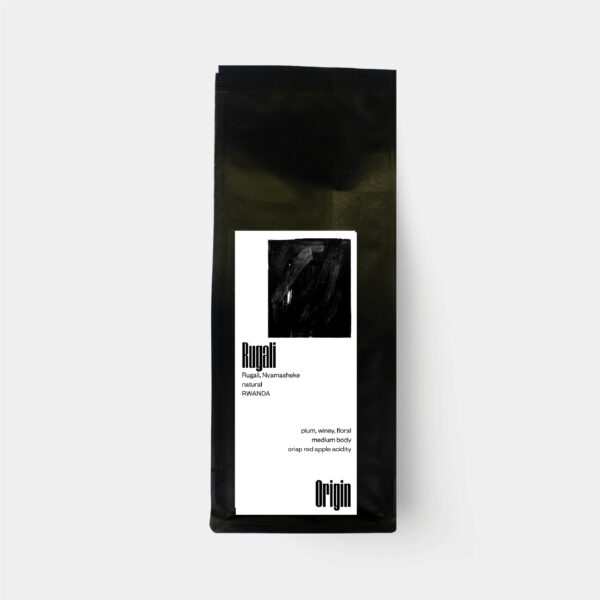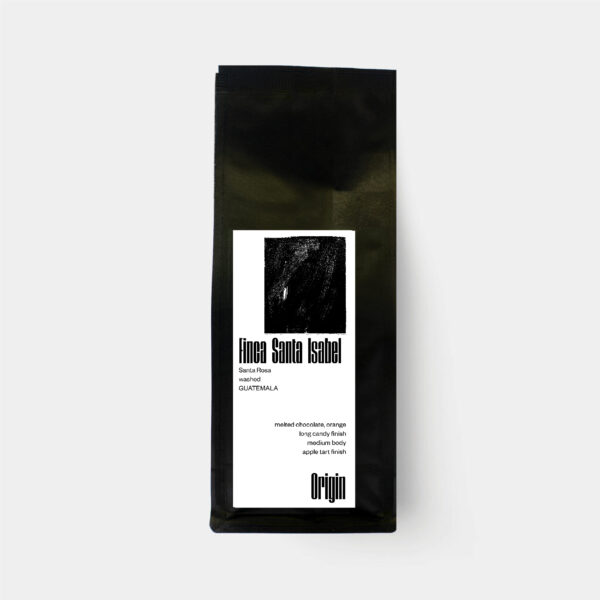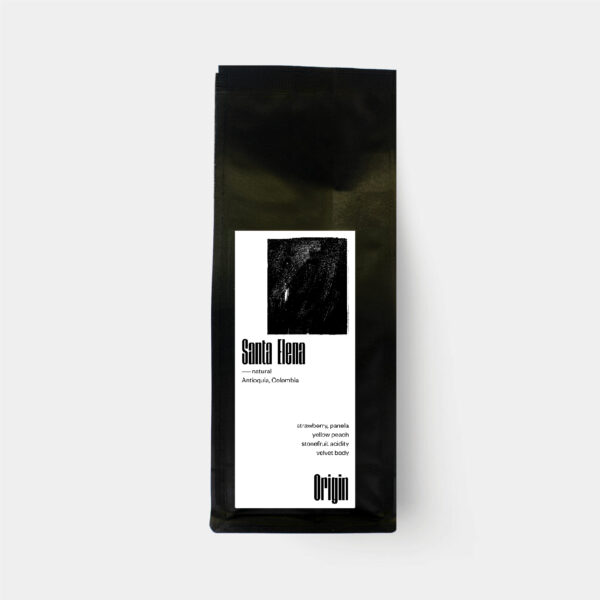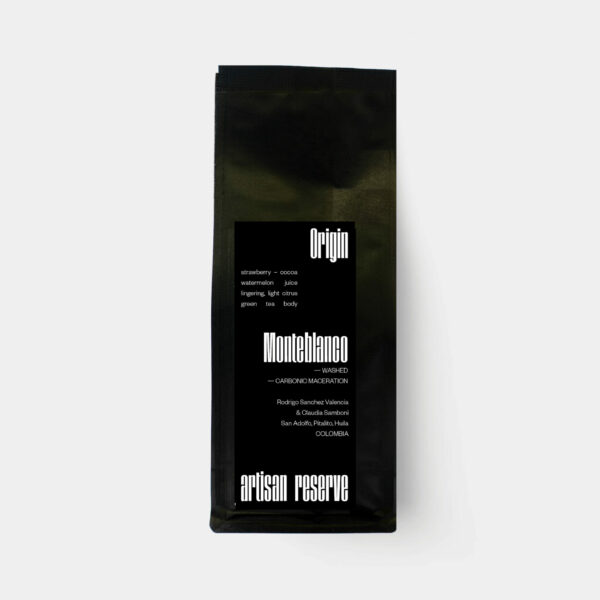Colombia Sugar Cane Decaf
cinnamon candy – stewed stone fruit – hazelnut syrup finish – red apple acidity – black tea body
R169.00 – R610.00
Origin regional
Owner(s) n/a
Altitudes n/a
Varietal(s) n/a
Processing fully washed; sugar cane (ethyl acetate) process decaffeination
Flavours cinnamon candy, stewed stone fruit, tea gelato, caramelized sugar, hazelnut syrup finish
Body black tea
Acidity red apple
Roast medium-light
Suggested Brewing versatile, but particularly in espresso +milk-based espresso and Aeropress (for all those who need to or want to drink their coffee without caffeine)
Our single origin coffees are all packed into 250g bags straight from the roaster. For optimal freshness, if you select 1kg of a single-origin coffee, it will be shipped as 4x250g bags.
Our blends and decaf are packed into both 250g and 1kg bags.
Colombia Sugar Cane Decaf
We await further info on the provenance of this decaf. Meanwhile, we can say that this is an amazing cup for those who prefer to avoid caffeine.
The Sugar Cane Decaf Process
Sugar cane or ethyl acetate (E.A.) decaffeination, starts by fermenting molasses derived from sugar cane to create ethanol. This alcohol is then mixed with acetic acid, to create the compound ethyl acetate. In Colombia, where sugar cane is readily available, it makes good sense to use this plentiful resource as a feeder into the coffee industry.
Ethyl acetate is also found in wine, beer, fruit, vegetables, and other foods & beverages.
When the coffee is received at the decaffeination plant, it is first placed in a bath of water and steam. This elevates the moisture content and swells the bean in order to facilitate the extraction of caffeine. The coffee is then subjected to an EA wash, which dissolves the caffeine. The beans are then purified with water and steam, which cleans clean the innermost portions of the bean. Finally, the beans are dried until reaching the moisture similar to which they had prior to the process.
This method avoids excessive heat or pressure, which can radically disrupt a green bean’s cellular structure. One downside of this process, is that since the pores of the seed are opened up through steaming, the coffee does tend to age more quickly (both as roasted and green) than non-decaf.
This process removes roughly 97% of the caffeine content. This is slightly less than some of the other “natural” decaffeination processes we have featured in the past – such as CO2.
It is claimed that due to the fermented molasses from the sugar cane, this process creates beans with a pleasant, clean, and sweet flavour. Unless we could taste the same lot of coffee decaffeinated via EA and another process, we cannot say for sure. That said, this is an amazing cup for those who prefer to avoid caffeine.
Related products
-
Rwanda Rugali
R199.00 – R715.00 Buy Nowplum, winey, floral, medium body, crisp red apple acidity
-
Guatemala Finca Santa Isabel
R169.00 – R610.00 Buy Nowblood orange – passionfruit – caramel – fig – soft, sweet, read apple acidity
-
Colombia Santa Elena
R229.00 – R825.00 Buy Nowearl grey tea, blackcurrant
red fruit, sweet honey finish -
Colombia Monteblanco Caturra-Bourbon Carbonic
R279.00 – R1,005.00 Buy Nowstrawberry – cocoa – watermelon juice – lingering, light citrus – green tea body
